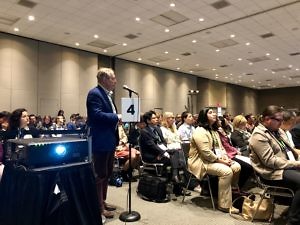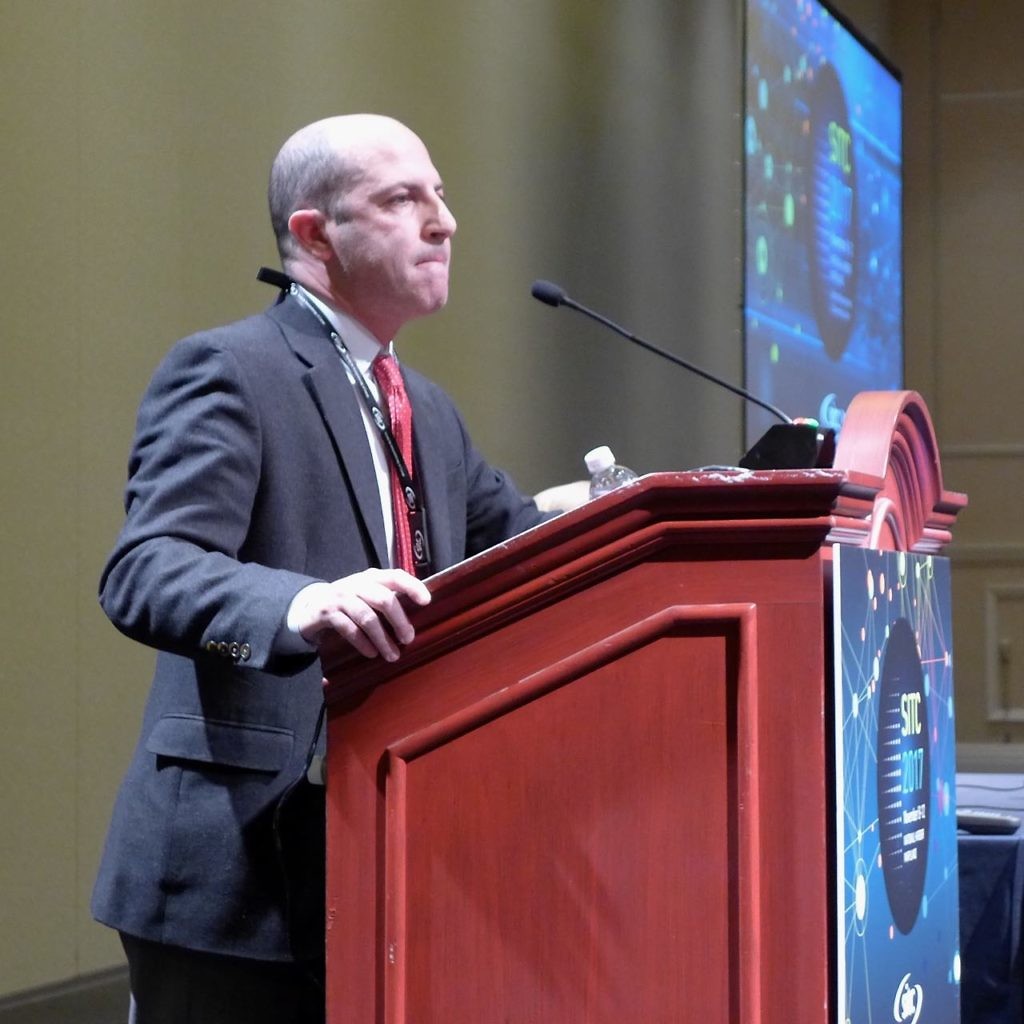The DNA in a human cell undergoes thousands damaging events per day, generated by both external (exogenous) and internal metabolic (endogenous) processes. Unfortunately, some of these changes can generate errors in the transcription of DNA and subsequent translation into proteins necessary for signaling and cellular function. Genomic mutations can also be carried over into future generations of cells, if the mutation is not repaired prior to mitosis.
This DNA damage repair from normal cell cycle activity is a field with a large body of research over the last decade or so. Damage to cellular DNA is ultimately involved in mutagenesis and the development of some cancers.
Clinically, there are a number of different ways that can be utilised to help repair the damaged DNA. One approach that is included in this category is the poly ADP ribose polymerase (PARP) inhibitors, which target the enzyme of the same name. I first wrote about PARPs on PSB way back in 2006 – you can check out the short posts for some basic background information on PARPs (here). Fast forward to 2014, and another post highlights some of the challenges and issues associated with developing targeted agents, including PARPs.
In 2009, the hot buzzword of the AACR Molecular Targets meeting was ‘synthetic lethality’, a term that is highly relevant to understanding DNA mismatch repair and PARP inhibitors. Hilary Calvert gave a detailed talk on synthetic lethality and PARP inhibition at that meeting, where many attendees, myself included, were struggling to understand quite what he meant.
The lead scientist at KuDos, Dr Mark O’Connor, (note: KuDos was subsequently bought by AstraZeneca) had a nice poster on their PARP inhibitor in development at that very same meeting. I’ll never forget our animated discusson and his simple analogy of a three-legged coffee table, removing one of the legs to cause instability and falling over as a great metaphor for what happens with synthetic lethality.
To this day, every time the leading British researchers in this field, Profs Hilary Calvert or Alan Ashworth, mention ‘synthetic lethality’, I immediately think of the unstable and wobbly coffee table visual!
Incidentally, the KuDos/AZN PARP compound in preclinical development back in 2009 subsequently became olaparib… is now Lynparza, marketed by AstraZeneca, and available on both the US and EU markets for refractory ovarian cancer with germline BRCA mutations. The EU approval is specifically in platinum-sensitive disease.
Since then, we’ve seen iniparib (Sanofi) fail badly in phase 3 in a poorly designed catch-all study that didn’t screen or test patients with triple negative breast cancer (TNBC) for BRCA mutations (doh!) and three new promising next generation PARP inhibitors emerge – veliparib (AbbVie), rucaparib (Clovis) and talazoparib / BMN 673 (Biomarin). All three of these have received attention on this blog in the past (check the links).
In this article, we discuss what’s happening with Biomarin’s PARP program based on their latest update at the recent San Antonio Breast Cancer Symposium (SABCS) last month.
Subscribers can log-in to read more
This content is restricted to subscribers


 Pancreatic cancer has very poor outcomes, with a one-year relative survival rate (across all stages of the disease of 20%) and five-survival rate of 7% according to the American Cancer Society. In addition, stage IV exocrine pancreatic cancer has a 5 year survival of about 1%, which is utterly dismal to say the least.
Pancreatic cancer has very poor outcomes, with a one-year relative survival rate (across all stages of the disease of 20%) and five-survival rate of 7% according to the American Cancer Society. In addition, stage IV exocrine pancreatic cancer has a 5 year survival of about 1%, which is utterly dismal to say the least.